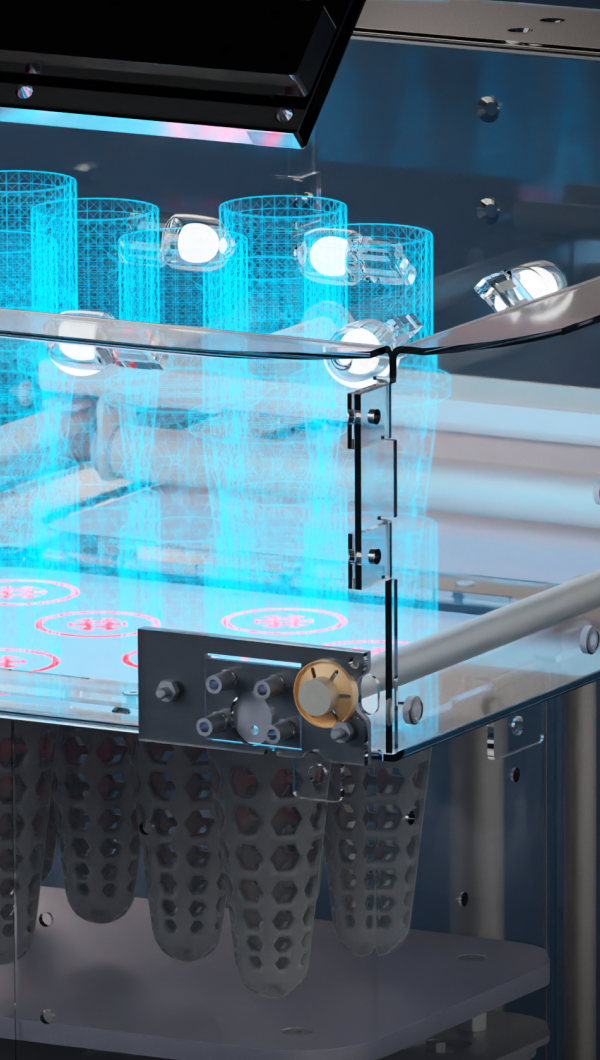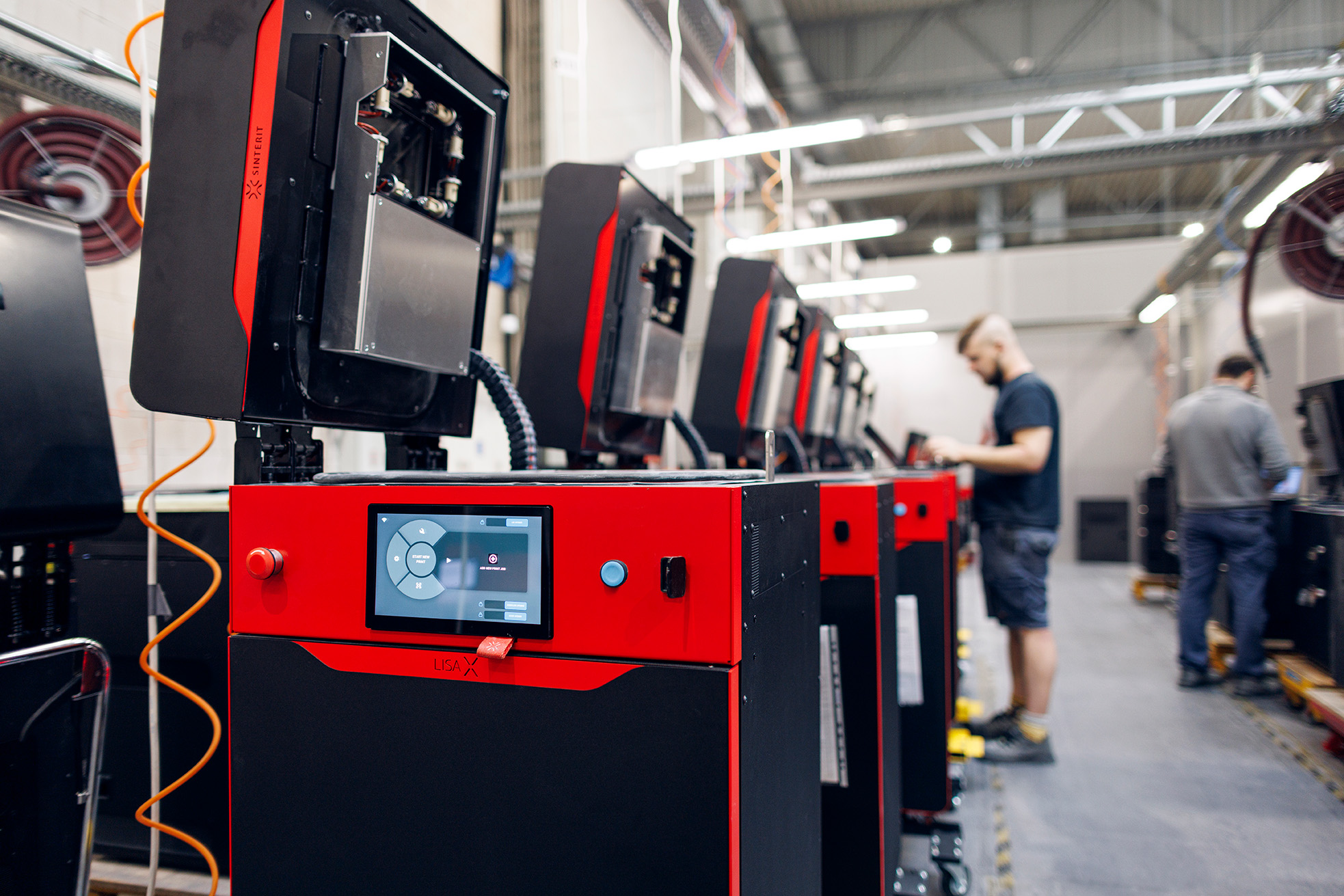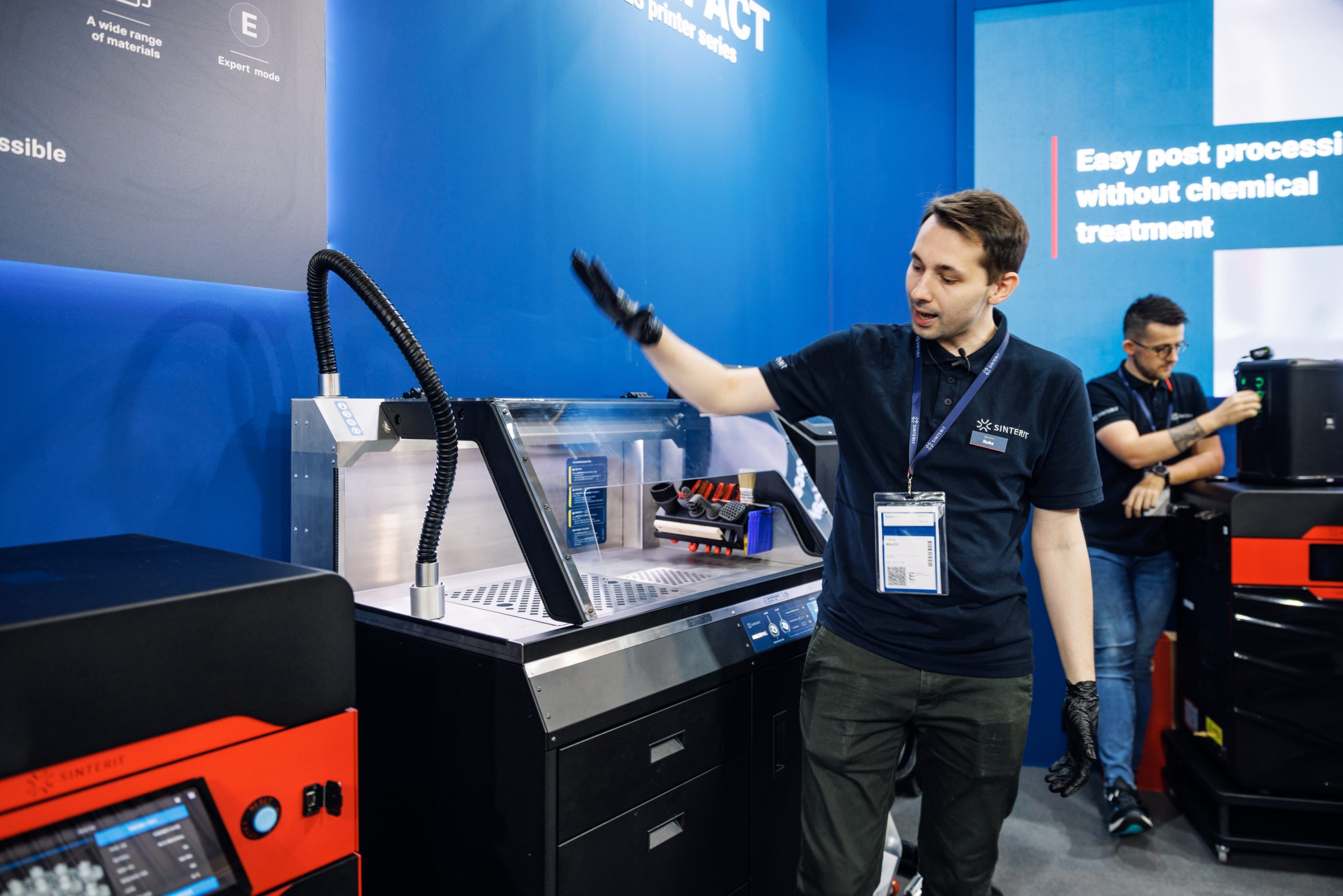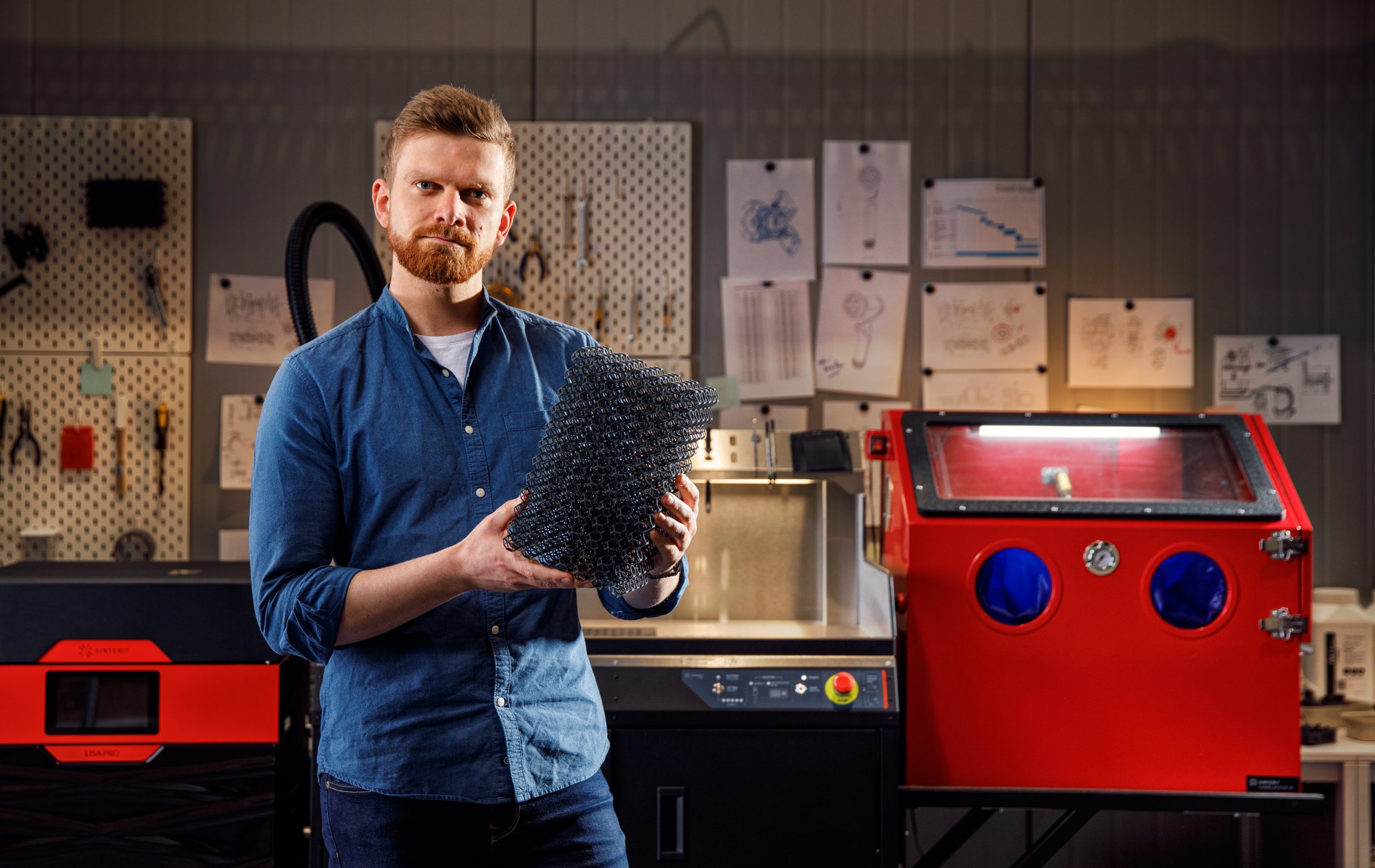From CNC and milling to SLS 3D printing
CNC or SLS? Could we even compare those two technologies as one of them uses subtractive and the other additive processes to produce parts? Let’s focus on the final result rather than the way to reach it. In this article, you will find several hints that can help you decide if SLS 3D printing technology is a solution that can replace or fulfill the capabilities of CNC.
Starting from the basics, Selective Laser Sintering (SLS) 3D printing and Computer Numerical Control (CNC) machining are both valuable manufacturing technologies, each with its own set of advantages and limitations. CNC technology was invented in 1952 and SLS 3D printing processes were first used in 1984.
These 32 years could make a difference from the perspective of the year 2000, but today, in 2024 we can definitely say that both technologies are widely used and recognized by engineers around the world.
While SLS 3D printing has its merits, it’s important to note that it might not always be a direct replacement for CNC machining in all scenarios. However, here are ten reasons why SLS 3D printing might be preferred over CNC machining in certain situations.
Complex Geometries
The possibility of printing elements with very complex geometries was always the winning point of SLS against other technologies, not only traditional but even 3D printing. SLS excels at producing complex and intricate geometries that may be challenging or impossible to achieve with traditional CNC machining.

You need to ask yourself a question if the models you are about to produce are complex or rather simple. If the first one, then SLS 3D printer may be the better solution.
No Tooling Required
Another benefit of SLS 3D printing is its self-sufficiency. CNC machining often involves the creation of molds or tools, adding time and cost to the production process. SLS, being an additive manufacturing technique, doesn’t require tooling.
Even more – SLS 3D printing doesn’t require building supporting structures to hold the printout while it is being printed. That means also less postprocessing and better quality of printed parts.
Rapid Prototyping
Rapid prototyping is sometimes used as a synonym for additive manufacturing, but the real meaning of this term is related to speed. Not the speed of the 3D printing itself but the whole process from idea and design to the final part. SLS allows for rapid prototyping, enabling faster design iterations and reduced time-to-market compared to the longer lead times associated with CNC machining.
As we just named the first three reasons to consider SLS 3D printer as a solution for you it is a good time to start preparing a checklist that will help you decide if SLS answers your needs.
Material Efficiency
As we mentioned before, SLS represents the additive type of manufacturing while CNC is the subtractive one. In this SLS builds parts layer by layer, minimizing material wastage compared to CNC machining, where the material is subtracted so the waist is an immanent part of the process. It implicates further actions such as waste management, which in the context of increasing ecological regulations may have a significant impact on the costs in your company.

Customization and Personalization
SLS is well-suited for producing customized or personalized parts, as each layer can be tailored to meet specific design requirements. The changes can be done and implemented very fast, while in CNC the change of design may need other tools.
Reduced Assembly
This advantage is also the advantage of SLS 3D printing as a concept and is derived from the printing capabilities of complex geometries. Complex assemblies with multiple components can be consolidated into a single 3D-printed piece with SLS, eliminating the need for assembly and reducing the risk of errors.
Lightweight Structures
SLS allows for creating lightweight structures with intricate internal patterns, optimizing material usage and reducing overall weight. As the printed parts can be hollow maintaining the strength and other important physical properties.
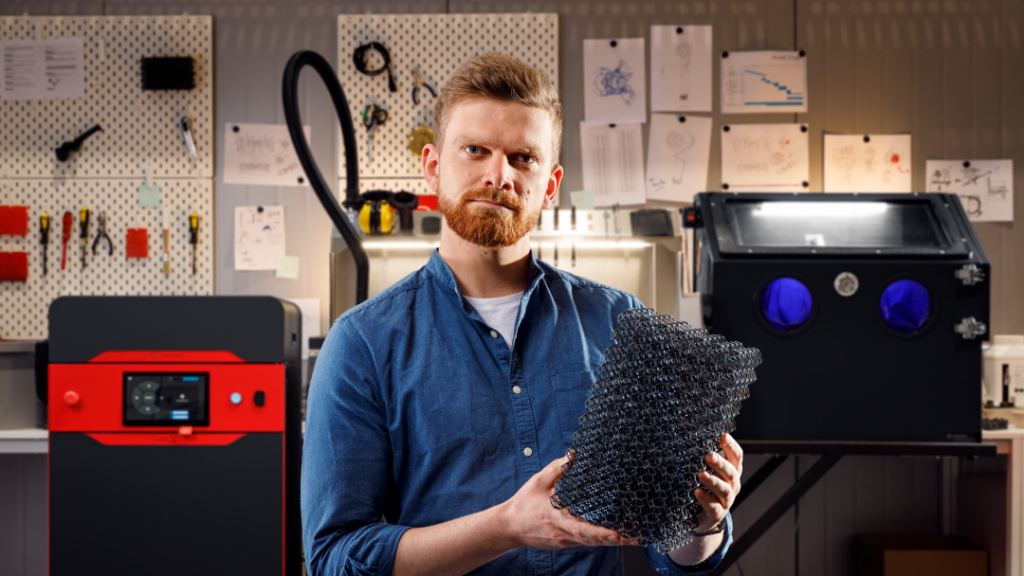
Short Production Runs
If you produce mass numbers of parts that are quite simple or at least without complex geometries, CNC may be the better solution. SLS is advantageous for low to medium-production runs where the cost of tooling for CNC machining might be prohibitive. For mass production purposes, additive manufacturing is not an answer, at least today but it may change shortly.

Material Variety
The aspect of material variety is a little tricky. SLS supports a wide range of materials, including various plastics, metals, and composites, providing flexibility in material selection compared to the limited range for CNC machining.
But you need to know that not all SLS printers support the whole spectrum of different types of materials. Most of SLS 3D printers work with plastics and composites, while some are made to print with metal but those processes are quite expensive. So if the part you produce needs to be made of steel, and is not very complex, CNC may be hard to replace. On the other hand, you can still use SLS 3D printers designed for plastics, such as Lisa X, to prototype and find out the best possible design before you hit mass, CNC production.
Intricate Surface Details
SLS can achieve fine surface details and textures, making it suitable for applications where appearance and surface finish are critical. CNC is more effective with very smooth surfaces, which may be an advantage – as you subtract material you don’t have visible layers which are immanent for additive manufacturing. But if the surface is very detailed, CNC may not achieve the result or proceed way longer than expected.
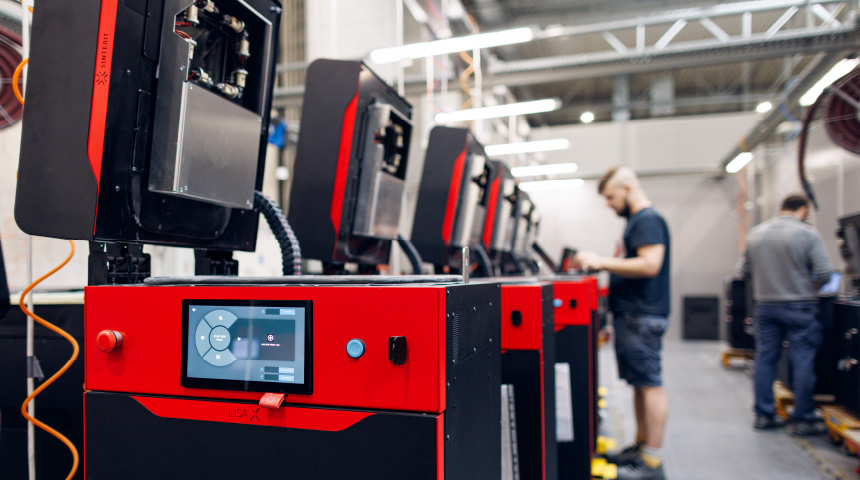
Summary
Those ten points are important to think through when you are considering choosing between SLS and CNC. Remember to evaluate the specific requirements of a project before deciding whether to replace CNC machining with SLS 3D printing. The choice between the two technologies depends on factors such as material properties, production volume, part complexity, and cost considerations. In many cases, a combination of both technologies might be the most effective solution.
